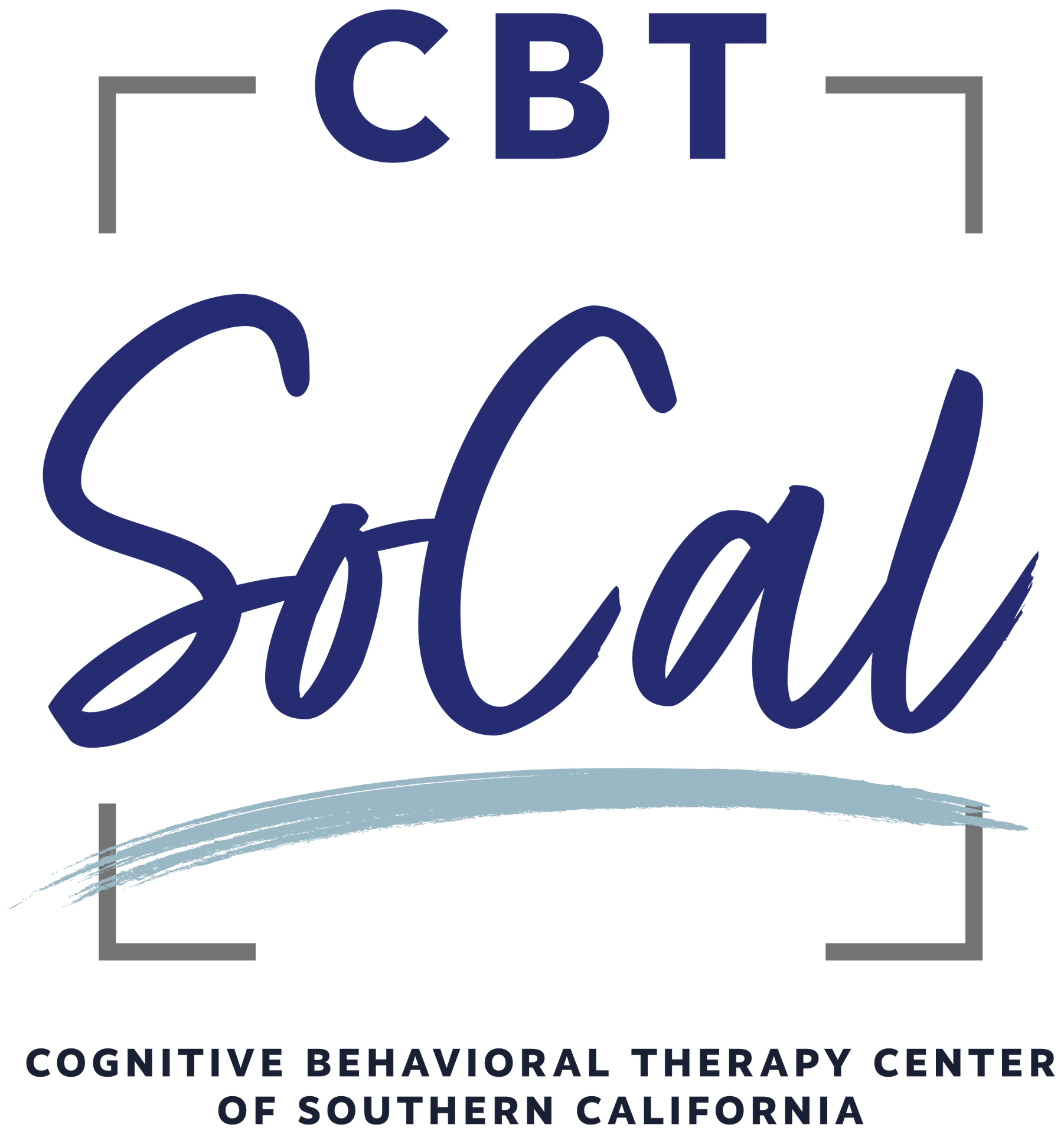How Is CBT Used to Help Anxiety?

Everyone deals with a variety of different emotions each and every day. Joy, sadness, anger, disgust, and fear are some of the most common emotions shown in the Disney movie “Inside Out.”
New emotions are thrown into the mix as a person grows older. In the new “Inside Out 2,” the main character welcomes four new emotions: anxiety, ennui, embarrassment, and envy.
Every emotion is needed for someone, depending on their day and personal experiences. While some of these emotions are uncomfortable, they help a person respond to a situation and help shape them into their future self.
But too much of one thing can be a problem. When one emotion takes over, it’s hard to control and regulate different areas of your life.
This is how CBT is used to keep anxiety from taking over:
What Is CBT?
 CBT stands for cognitive behavioral therapy. This is a form of therapy that helps individuals work on their negative behaviors and thought patterns to try to reframe them into more positive thoughts and behaviors.
CBT stands for cognitive behavioral therapy. This is a form of therapy that helps individuals work on their negative behaviors and thought patterns to try to reframe them into more positive thoughts and behaviors.
How CBT Works
The main idea behind CBT is that a person’s attitudes, beliefs, and thoughts can impact their actions and feelings. CBT works to break down problems that someone faces into smaller parts. This can help a person work to understand how different areas affect one another.
How CBT Is Used for Anxiety
Cognitive behavioral therapy works to break down problems that someone faces into smaller parts. Typically, CBT works within five parts:
- Actions
- Emotions
- Physical feelings
- Situations
- Thoughts
These are some of the most common CBT techniques used to help with anxiety.
Behavioral Activation or Experimentation
Behavioral activation is a technique that helps to prepare or expose you to certain anxiety-provoking activities like putting a date on a calendar or exposing yourself to certain stressors. By doing these actions, you’ll work to face the situation head-on. The more you expose yourself to the things that bring you fear, the more likely you’ll be able to face those fears and help you move forward.
Challenging Thoughts
Thought challenging is a common practice in CBT. Challenging your own thoughts helps you see things from a different perspective. Anxiety can make it difficult for someone to rationalize the problems that you’re facing. This means that those anxious thoughts can cause confusion about why you’re having them.
Journaling
Writing in a journal is a great coping mechanism. Journaling helps to channel those anxious thoughts onto the pages of a notebook. Journaling is great for the moment you’re feeling anxious, but it’s also a great tool to look back on later to help you determine any triggers or coping mechanisms that worked or didn’t work for you.
Relaxation Techniques
A lot of anxiety comes from worrying about past or future events. Relaxation techniques help bring your body and mind back to the present moment to help keep you grounded. These are a few relaxation techniques that you can learn from therapy and use in between sessions:
- Body scan
- Deep breathing
- Meditation
Reframing or Restructuring
Cognitive reframing or restructuring involves taking a deeper look into those negative thought patterns that you may be having. For this technique, you’ll work with your therapist on identifying negative thought patterns in certain situations. Identifying these patterns is the first step in becoming aware of them and working towards changing them.
Next Steps
If you’re struggling with anxiety, you’re not alone. Anxiety is a common emotion. It’s important to reach out for additional support if it’s starting to take over your life. It may feel out of your control right now. We can work with you to help you take back control of your life again with the help of CBT. Reach out today to learn more about how CBT can help with your anxiety.
